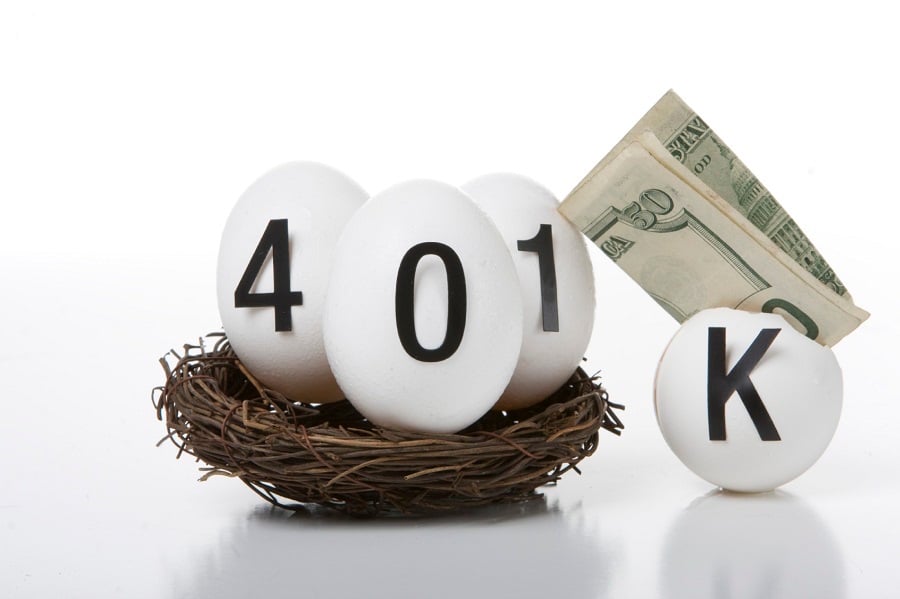401(k) plan design has by most accounts
improved dramatically over the past decade. The number of retirement plans that automatically enroll employees has swelled more than 50%, and roughly a third of those plans automatically increase employees' savings rates.
But there's a snag: Evidence suggests that overall employees aren't saving more money.
Participants' 401(k) savings rate has been remarkably level over the past 15 years, according to new data from Vanguard Group, one of the largest 401(k) record keepers.
In 2018, the average savings rate — including employee and employer contributions — was 10.6%, marginally higher than the 10.4% rate in 2004, according to Vanguard's "How America Saves" study, which uses data from plans for which it provides record-keeping services.
"It surprises me a little, looking through the lens of auto features being implemented in 401(k) plans," Paul Sommerstad, partner at Cerity Partners, said of the savings rate remaining level.
(More: The potential downside of automatic enrollment in 401(k) plans)
The 10.6% overall savings rate is low compared with general guidance from financial planners and the retirement industry at large to save around 15% of one's salary. But, on the whole, a savings rate of around 10% is "not too shabby," said Wade Pfau, professor of retirement income at the American College of Financial Services.
Note: Data include participant and employer contributions.
Source: Vanguard Group
"That's higher than I would have expected," Mr. Pfau said. "If you get started in your mid-20s, it should be more than adequate."
Further, investors may have money saved outside a 401(k) that would increase the overall household savings rate, he said.
But why isn't the rate higher, given improvements in 401(k) plan design?
Automating aspects of 401(k) plans has taken root as a best practice following passage of the Pension Protection Act of 2006. But roughly 40% of plans still don't use automatic enrollment. And those that do "do it very, very poorly," said Ellen Lander, principal of Renaissance Benefit Advisors Group.
(More: When automatic enrollment doesn't make sense for 401(k) plans)
Most plan sponsors, for example, enroll participants at an initial savings rate that's too low, Ms. Lander said. More than half of 401(k) plans enroll employees at a starting rate of 4% or less, the most common being 3%, according to the Plan Sponsor Council of America. An employer match of 3% may therefore only yield a 6% total savings rate, depending on the structure of the match formula.
And 53% of plans with auto-enrollment do it only for new hires — meaning existing employees don't benefit.
Ms. Lander also is surprised at how "skittish" some 401(k) plan sponsors are when it comes to auto-escalation. Nearly three-quarters of plans using auto-enrollment also automatically escalate participant contributions — but 73% of those only raise contributions by 1% a year, according to PSCA data.
High employee turnover at companies also plays a role, said Jean Young, senior research analyst at Vanguard's Center for Investor Research.
Half of employees auto-enrolled into a plan with an annual savings-rate increase had left the company after three years, according to a separate Vanguard report published in 2018. The churn among employees consistently resets those employees' savings rates back to the default, and the auto-escalation cycle begins anew.
The good news, Ms. Young said, is because plan designs are consistently getting stronger and default savings rates are rising, employees' overall savings rate should trend upward over time.
"If every plan with auto enrollment defaulted at 6%, that would cause it to start to move up," said Ms. Young, lead author of "How America Saves."
Advisers wonder, though, if it makes sense to consistently push participants to save more money to levels they may not realistically be able to afford. Ms. Lander questions if participants with high levels of student debt benefit from having their savings rate increased to 15%, for example.
"If I push you up to 15%, I may not be doing you a favor," she said.







